Canva unveils its biggest redesign in 13 years
Don’t let Canva’s rainbow gradients fool you. The Aussies are relentless, and their global conquest through easy-to-use design software continues as they set their sights on markets owned by Adobe and Microsoft. Even after a controversial price increase last year, growth is still explosive. Canva has added 50 million active users over the past 12 months, bringing its total to 230 million, with $3 billion in annual revenue.But despite this success, Canva decided it was time for a redesign. And it’s launching what the company considers its biggest overhaul since the app launched in 2012. It includes a Teams-crushing approach to file collaboration, a powerful AI-fueled spreadsheet reminiscent of Notion, and the ability to spin up about any project with an AI prompt—including code.[Image: Canva]The file-juggling redesignAt the core of the updates, Canva has reimagined the project interface of its entire Visual Suite. Whereas you used to pick what you wanted to do on a single track—like make a website or design a T-shirt—Canva has been using AI automation to blur the bounds between projects, turning a document into a slide deck, for some time.[Image: Canva]Now, the interface supports this behavior by default. Your canvas sits center screen, and just below it, Canva has added a bar that contains any and all permutations of what else your project can be. So you can be working on a document above, but have thumbnails with decks, social media posts, and other variations below. You just hit a little “plus” sign and determine what sort of template you’d like to add on next, and AI can take the first steps to translate what you already have to this new type of media. All of these media projects can be edited with your colleagues in real time. But conceptually speaking, this UI is also a real time file management system. Instead of digging through a Microsoft Teams directory to find your social media plan for the Q4 strategy doc, those items just sit side by side, editable and interdependent, on the front end. Print, digital, physical brand assets can all live in the same spot, and a brief, pitch, and budget can live side-by-side.As cofounder Melanie Perkins explains, the interface unifies, not just “creation and consumption” but also “context and communication.” “Something our enterprise clients were really excited about was the idea that you’d often have different specialties working in different places and in different tools,” she says. But now, “your team can literally get on the same page.”[Image: Canva]Canva SheetsNo doubt, Canva is developing a lot of these tools for marketers and social media managers. But while the company has made a lot of progress on unifying brand assets, it has only supported simple tables for data management.Canva Sheets is their full blown response to Excel, loaded with AI capabilities reminiscent of Notion. Everything can be programmed in plain language.[Image: Canva]You can type “list restaurants in Milwaukee and their addresses and use an emoji to signify the type of food they sell,” and propagate an organized spreadsheet with all of this information. You can also import data sets of your own (HubSpot, Statista, Snowflake, and Google Analytics at launch—with custom API integration coming down the line), then visualize them. Canva teases how its data visualization can parse insights on ad spend and ROI, even though it doesn’t formally integrate with ad platforms at this time.[Image: Canva]The other thing Sheets is used for is batch content creation, which is a big part of the appeal to AI for marketers. You can take all of your pieces of media on a spreadsheet, each housed in their own cell, and translate them to another language with a button press.But more than any of these examples, spreadsheets will let Canva dig into more complex computational and organizational tasks. “This is going to be a really foundational piece moving forward for our future ambitions,” says Perkins.[Image: Canva]Canva CodeThen on the most experimental arm of Canva’s updates, it’s introducing Canva Code. While most LLMs will attempt to produce code for you these days, Canva has already tightly integrated such capabilities into the rest of the Canva Suite.Starting from a prompt box on top of Canva’s site, you can already type in whatever you’d like to create, like, “poster for Malibu B&B” to automatically generate a first draft. But with Canva Code, you can now type in interactive features—like “build me a math quiz to practice multiplication with lots of dinosaurs” or “make me a map of flights from Chicago to Tokyo.” Canva will start coding these visions in a process that can take a minute or two. [Image: Canva]When attempting to make my map, I asked for a generic “flight tracker to Tokyo,” and the system generated a somewhat abstract ribbon for the map, with arcs flying into the city. (I could have been more specific.) Then below that, the Canva generated interactive tables listing flight times complete with
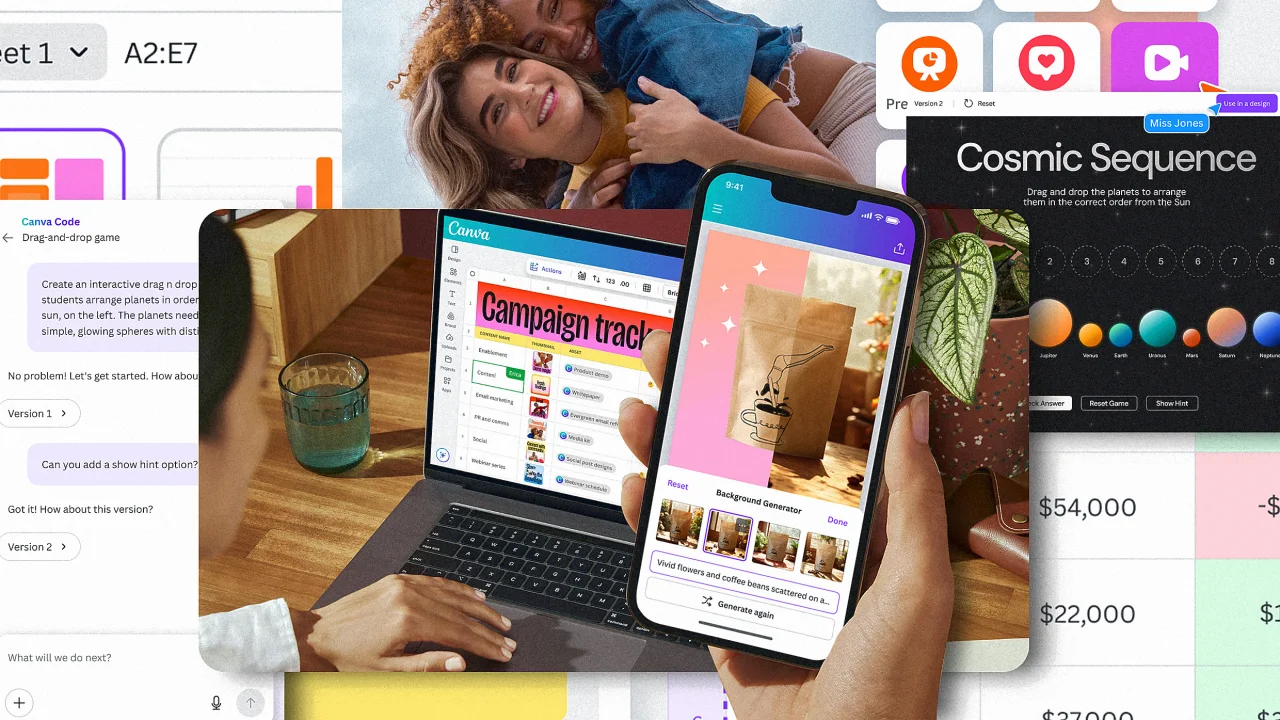
Don’t let Canva’s rainbow gradients fool you. The Aussies are relentless, and their global conquest through easy-to-use design software continues as they set their sights on markets owned by Adobe and Microsoft. Even after a controversial price increase last year, growth is still explosive. Canva has added 50 million active users over the past 12 months, bringing its total to 230 million, with $3 billion in annual revenue.
But despite this success, Canva decided it was time for a redesign. And it’s launching what the company considers its biggest overhaul since the app launched in 2012. It includes a Teams-crushing approach to file collaboration, a powerful AI-fueled spreadsheet reminiscent of Notion, and the ability to spin up about any project with an AI prompt—including code.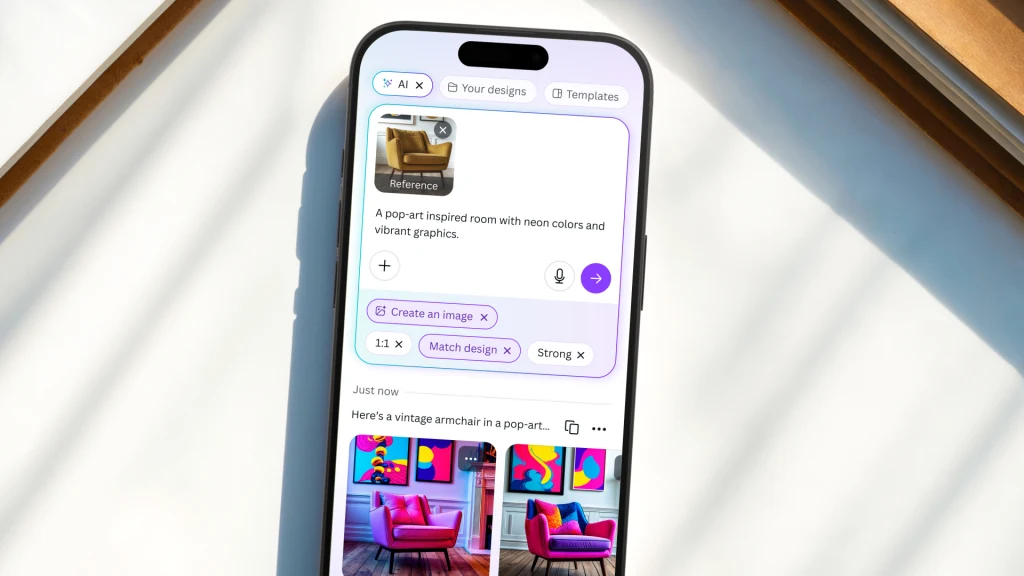
The file-juggling redesign
At the core of the updates, Canva has reimagined the project interface of its entire Visual Suite. Whereas you used to pick what you wanted to do on a single track—like make a website or design a T-shirt—Canva has been using AI automation to blur the bounds between projects, turning a document into a slide deck, for some time.
Now, the interface supports this behavior by default. Your canvas sits center screen, and just below it, Canva has added a bar that contains any and all permutations of what else your project can be. So you can be working on a document above, but have thumbnails with decks, social media posts, and other variations below. You just hit a little “plus” sign and determine what sort of template you’d like to add on next, and AI can take the first steps to translate what you already have to this new type of media.
All of these media projects can be edited with your colleagues in real time. But conceptually speaking, this UI is also a real time file management system. Instead of digging through a Microsoft Teams directory to find your social media plan for the Q4 strategy doc, those items just sit side by side, editable and interdependent, on the front end. Print, digital, physical brand assets can all live in the same spot, and a brief, pitch, and budget can live side-by-side.
As cofounder Melanie Perkins explains, the interface unifies, not just “creation and consumption” but also “context and communication.”
“Something our enterprise clients were really excited about was the idea that you’d often have different specialties working in different places and in different tools,” she says. But now, “your team can literally get on the same page.”
Canva Sheets
No doubt, Canva is developing a lot of these tools for marketers and social media managers. But while the company has made a lot of progress on unifying brand assets, it has only supported simple tables for data management.
Canva Sheets is their full blown response to Excel, loaded with AI capabilities reminiscent of Notion. Everything can be programmed in plain language.
You can type “list restaurants in Milwaukee and their addresses and use an emoji to signify the type of food they sell,” and propagate an organized spreadsheet with all of this information. You can also import data sets of your own (HubSpot, Statista, Snowflake, and Google Analytics at launch—with custom API integration coming down the line), then visualize them. Canva teases how its data visualization can parse insights on ad spend and ROI, even though it doesn’t formally integrate with ad platforms at this time.
The other thing Sheets is used for is batch content creation, which is a big part of the appeal to AI for marketers. You can take all of your pieces of media on a spreadsheet, each housed in their own cell, and translate them to another language with a button press.
But more than any of these examples, spreadsheets will let Canva dig into more complex computational and organizational tasks. “This is going to be a really foundational piece moving forward for our future ambitions,” says Perkins.
Canva Code
Then on the most experimental arm of Canva’s updates, it’s introducing Canva Code. While most LLMs will attempt to produce code for you these days, Canva has already tightly integrated such capabilities into the rest of the Canva Suite.
Starting from a prompt box on top of Canva’s site, you can already type in whatever you’d like to create, like, “poster for Malibu B&B” to automatically generate a first draft. But with Canva Code, you can now type in interactive features—like “build me a math quiz to practice multiplication with lots of dinosaurs” or “make me a map of flights from Chicago to Tokyo.” Canva will start coding these visions in a process that can take a minute or two.
When attempting to make my map, I asked for a generic “flight tracker to Tokyo,” and the system generated a somewhat abstract ribbon for the map, with arcs flying into the city. (I could have been more specific.) Then below that, the Canva generated interactive tables listing flight times complete with sortable buttons. It listed if the airports were operational, and listed percentages of flights that were running on time. Assuming you like this, a big button labeled “use in a design” will take this code and put into your Canva projects. With a few more taps, you can publish it to the web.
The integration is impressive. Without trying it myself, it’s hard to know the limits of the system’s actual coding ability. But Canva is trying to set expectations at a reasonable level with its own prompting in the UI—mortgage calculators, quizzes, and other simple concepts work well, I’m told.
“It’s not going to build the entirety of the Canva application, for example, but we think it’ll get better and better over time as well,” says Perkins, in what she frames as a longer term strategy to the company. “It’s really bringing that interactivity, connectivity, and that dynamic content . . . Until today, [Canva] was ending at quite static content, and now all of a sudden, people can bring [in] very rich interactive experiences.”
The updates demonstrate that Canva is still not slowing down on its trajectory, and it’s expanding its capabilities to ensure users can make just about anything within its interface. Or as Perkins puts it, “the company is picking off” the features it believes will offer “the biggest unlock for our community” year after year. The challenges now are just how well Canva can actually execute these features, and whether or not they can truly protect operational simplicity with so many disparate tools.





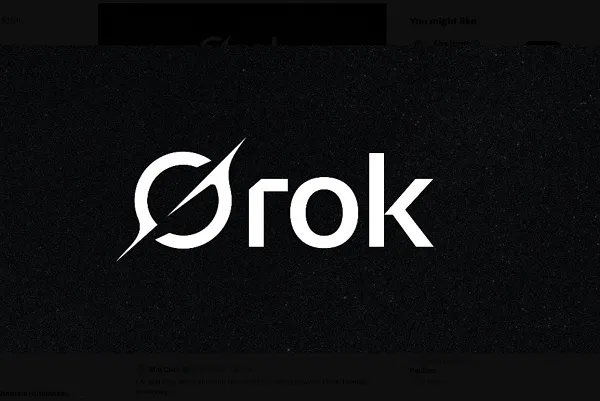

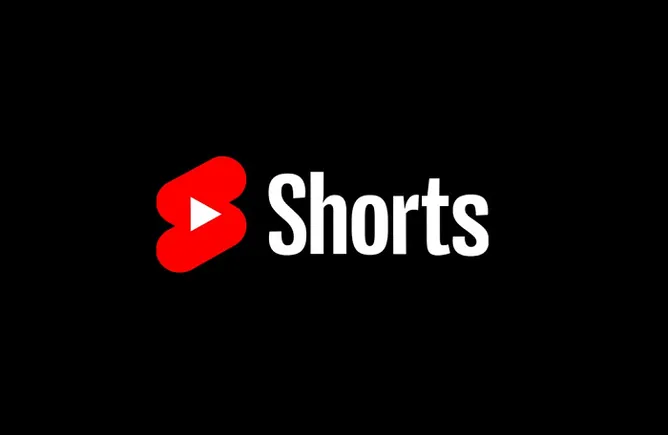
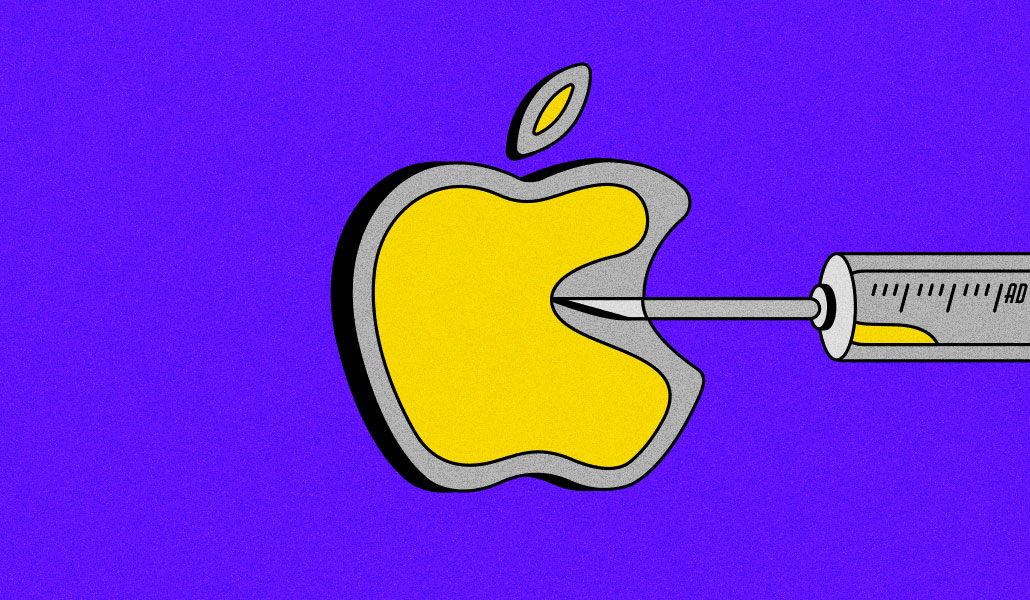


![31 Top Social Media Platforms in 2025 [+ Marketing Tips]](https://static.semrush.com/blog/uploads/media/0b/40/0b40fe7015c46ea017490203e239364a/most-popular-social-media-platforms.svg)















































































































































































![How to Find Low-Competition Keywords with Semrush [Super Easy]](https://static.semrush.com/blog/uploads/media/73/62/7362f16fb9e460b6d58ccc09b4a048b6/how-to-find-low-competition-keywords-sm.png)



